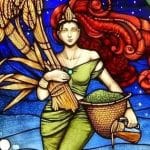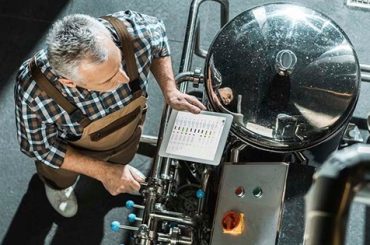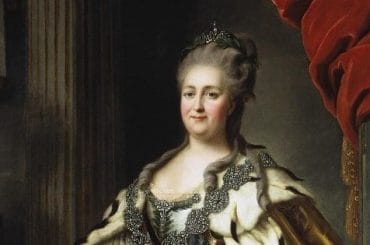This post is also available in:
Español
Português
Saint Patrick’s Day is celebrated annually on March 17 to commemorate the death of the patron saint of Ireland, who is credited with converting the island’s inhabitants to Catholicism.
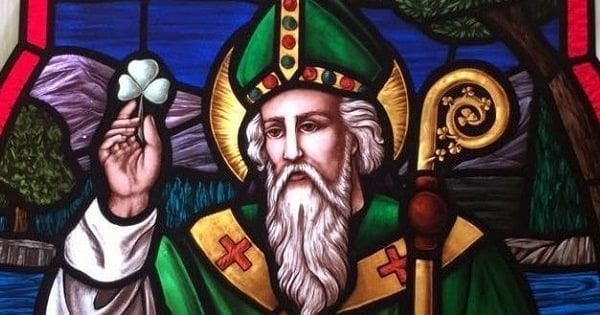
This holiday, which began as a religious celebration, has evolved into a global event honoring Irish culture with parades, music, food, and of course, beer.
Contenido
The History of Saint Patrick
Saint Patrick was born in the town of Bennhaven Taberniae, present-day Scotland, around the year 387. His father, Calpurnius, was a Christian deacon and an officer in the Roman army.
At the age of 16, Patrick was captured by Irish pirates and sold into slavery in Ireland, where he spent six years tending sheep.
During this time, he learned the Celtic language and became familiar with the local culture.
After escaping and returning to his family, Patrick felt called to religious life. He was ordained as a priest and years later, was sent back to Ireland by Pope Celestine I with the mission of evangelizing its inhabitants.
Ireland, at that time, was divided into clans under the influence of the druids, a powerful priestly class among the Celts.
Saint Patrick Returns to Ireland
Saint Patrick managed to adapt to the social conditions of Ireland, respecting local traditions while introducing Christianity.
He used symbols such as the shamrock to explain religious concepts, like the Holy Trinity.
He remained in Ireland for nearly three decades, establishing Christian communities and training local clergy.
He died on March 17, 461, in Downpatrick, a town named in his honor.

Symbols of Saint Patrick’s Day Celebration
Every element and symbol associated with this day has a deep meaning, rooted in Irish history and culture.
1. The Color Green
Originally, the color associated with Saint Patrick was blue. However, green became popular thanks to the song “The Wearing of the Green,” which urged the Irish to wear something green in honor of their homeland.
Today, green represents the lush landscapes of Ireland, known as the “Emerald Isle.”
2. The Three-Leaf Clover
The clover, or “shamrock,” is one of the most recognizable symbols of Ireland.
According to legend, Saint Patrick used the shamrock to explain the Holy Trinity: three leaves on a single plant, just as there are three persons in one God.
Today, the shamrock is an emblem of Irish identity and a reminder of the country’s Christian heritage.
3. Leprechauns
Leprechauns are mythological Irish creatures, known for their grumpy nature and skill as shoemakers.
Dressed in green and wearing a distinctive hat, they are said to hide a pot of gold at the end of the rainbow.
These leprechauns represent Irish magic and folklore and are a popular symbol during Saint Patrick’s Day celebrations.
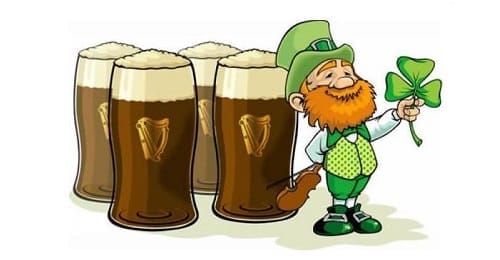
4. The Snakes
One of the most famous legends about Saint Patrick is that he drove all the snakes out of Ireland.
Although scientifically Ireland has never had snakes due to its geographical isolation, this story symbolizes the eradication of paganism and the arrival of Christianity.
5. Green Beer
The tradition of dyeing beer green is not native to Ireland but was popularized in the United States.
In 1914, during a Saint Patrick’s Day celebration in New York, Dr. Thomas Hayes Curtin added food coloring to beer, creating a festive drink that has become an icon of this holiday.
Final Thoughts
Saint Patrick’s Day is a celebration that transcends the borders of Ireland, uniting people from all over the world in honor of Irish culture, history, and traditions.
From the color green to shamrocks and leprechauns, each symbol has a fascinating story that reflects the richness of this holiday.


